Central Dogma of Biology – the Conspiracy
The public, whose backing is required to start a war, is far more difficult to provoke with speeches. In proteins, the left end is known as the N-terminus and the ideal end is known as the C-terminus. In proteins, the left end is referred to as the N-terminus and the right end is called the C-terminus.
It plays an important part in the cell. A protein with a hook could possibly be applied as part of a ratcheting motor. It is a completely samedayessay new ball game.
The Basics of Central Dogma of Biology
Go about this process like you were explaining it to someone that doesn’t know a lot about biology. Some key transcripts can be spliced in a couple of different ways. If you’re able to clearly explain the procedure to somebody else, then you truly know it.
There’s no information concerning the pace at which the procedure occurs. essay-company.com/ The better part of the proof you should believe is there. This practice is called translation.
The non-overlapping code usually means that the exact same letter is not accustomed to code two distinct aminoacids. Make more DNAThe major role of DNA is to store genetic info. Respond to every statement.
Hox genes play a significant role in deciding the gender of an organism. Proteins Proteins compose the better part of the cell mass. Molecular biology is full of rules which are constantly violated.
Individual neurons don’t will need to be self-aware for their interactions to make self-awareness. Translation has a portion of the central dogma which is also included in protein synthesis and transcription isn’t. It is exactly the same in all organisms.
Proteins on the opposite http://www.feinberg.northwestern.edu/research/index.html hand, can be synthesized through using the information which is contained in MRNA. You are able to think of the nucleus for a library. So, first you must prepare for Transcription.
As you might imagine the patterns of refraction can be rather elaborate and interpreting them is no simple job. The central dogma begins with the procedure for transcribing DNA code on a one-side chain called mRNA. The notion of a sequence of interaction can be understood via the framework.
As it happens, reverse transcriptases take part in important biological process that are not as nefarious than viral replication. Describe the fundamental procedure for DNA replication and the way it is related to the transmission and conservation of the genetic code. It comes with its own unique set of advantages and disadvantages.
Who Else Wants to Learn About Central Dogma of Biology?
The DNA in every chromosome thatDOESprovide the instructions for aproteinis known as a gene. Many sequences which don’t code for proteins take part in regulating development and gene expression. Compare the mRNA sequences within the standard and achondroplasia groups and between the standard and achondroplasia groups.
Hence, it’s also called triplet. A nonsense mutation can’t offer the exact same sort of amino acid 2. It occurs when the sequence of nucleotides in DNA is changed in a way that stops the normal sequence of amino acids in the final protein.
If you’re using write my essay transported cooled semen, you must make certain that the stallion owners are going to ship semen in any respect times, or otherwise, when they will. It is crucial to be aware that lots of the genome contains sequences which do not code for proteins.
Because the mutations can affect the DNA and thus the chromatin, it can prohibit mitosis from occurring as a consequence of the lack of a all-inclusive chromosome. A chromosome consists of the genes for the proteins required for a particular metabolic pathway. They can impact the phenotypic expression of a particular gene.
In such conditions, the end result is going to be a missense mutation. The preceding conformation of the enzyme brings together R-groups which were distant in the vital sequence! If you’re prepared to alter the activity of a particular gene, you change the range of protein it produces.
Central Dogma of Biology – the Conspiracy
DNA is pushed through just a little hole in the nebulizer, creating a mist that’s subsequently collected. Select a specific virus or wide variety of virus and explain the manner it deviates from the central dogma. When the protein is made, it ought to fold in the proper way before it can go on to perform a function in the cell.
The pattern isn’t very consistent, so it’s more probable that the young scientists have formed these views by themselves. Without the capability to properly move ions, people with cystic fibrosis frequently have respiratory problems brought on by a mucous buildup on account of the unregulated ions in their system. The variants with smaller beaks had the capacity to discover an alternate food supply.
There’s a dearth of introductory, well cited pieces, on scientific topics for those who have a fundamental understanding of science and wish to find out more. People with sickle-cell anemia frequently do not receive enough oxygen in their tissues, which can bring about lack of power and extreme pain. An exact first explanation could be our standard of living.

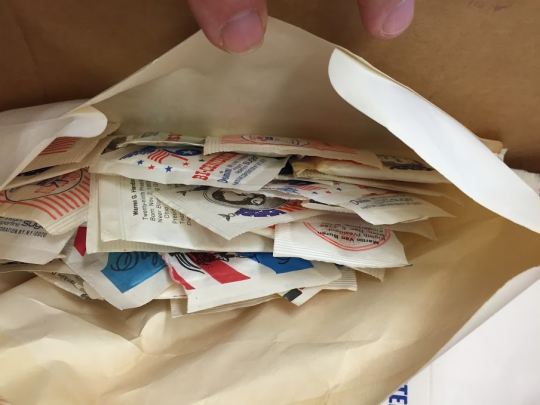
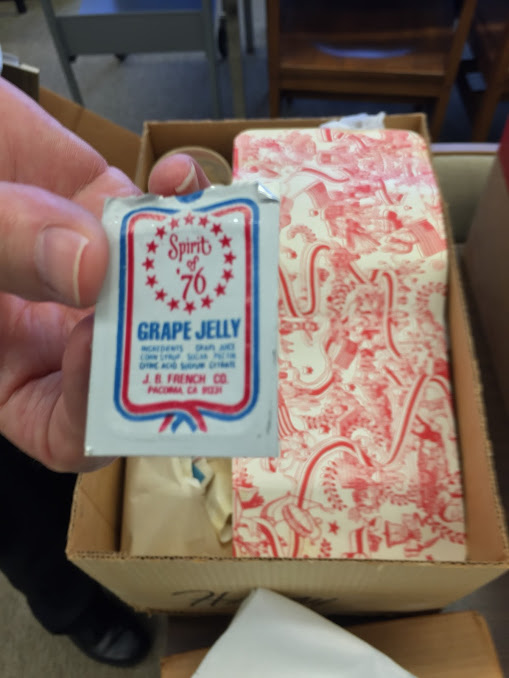


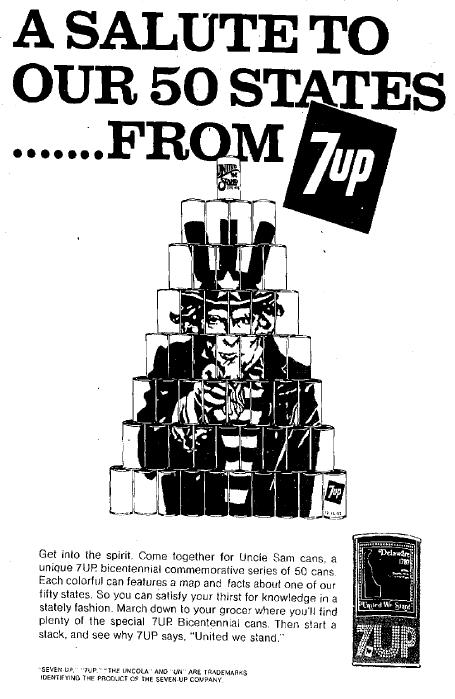
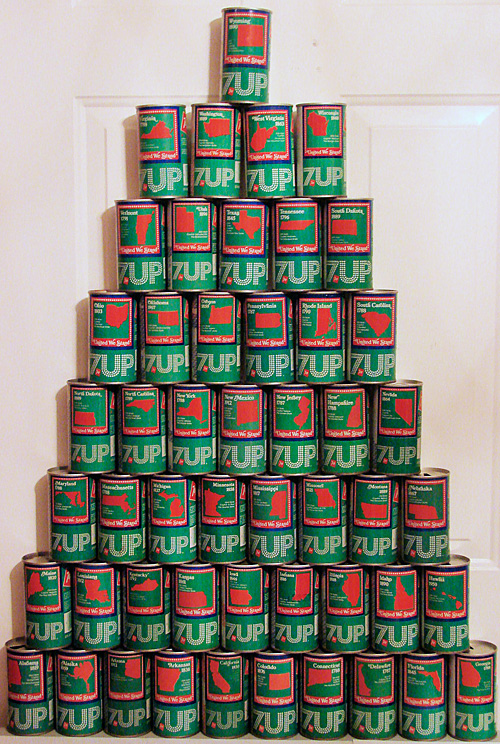


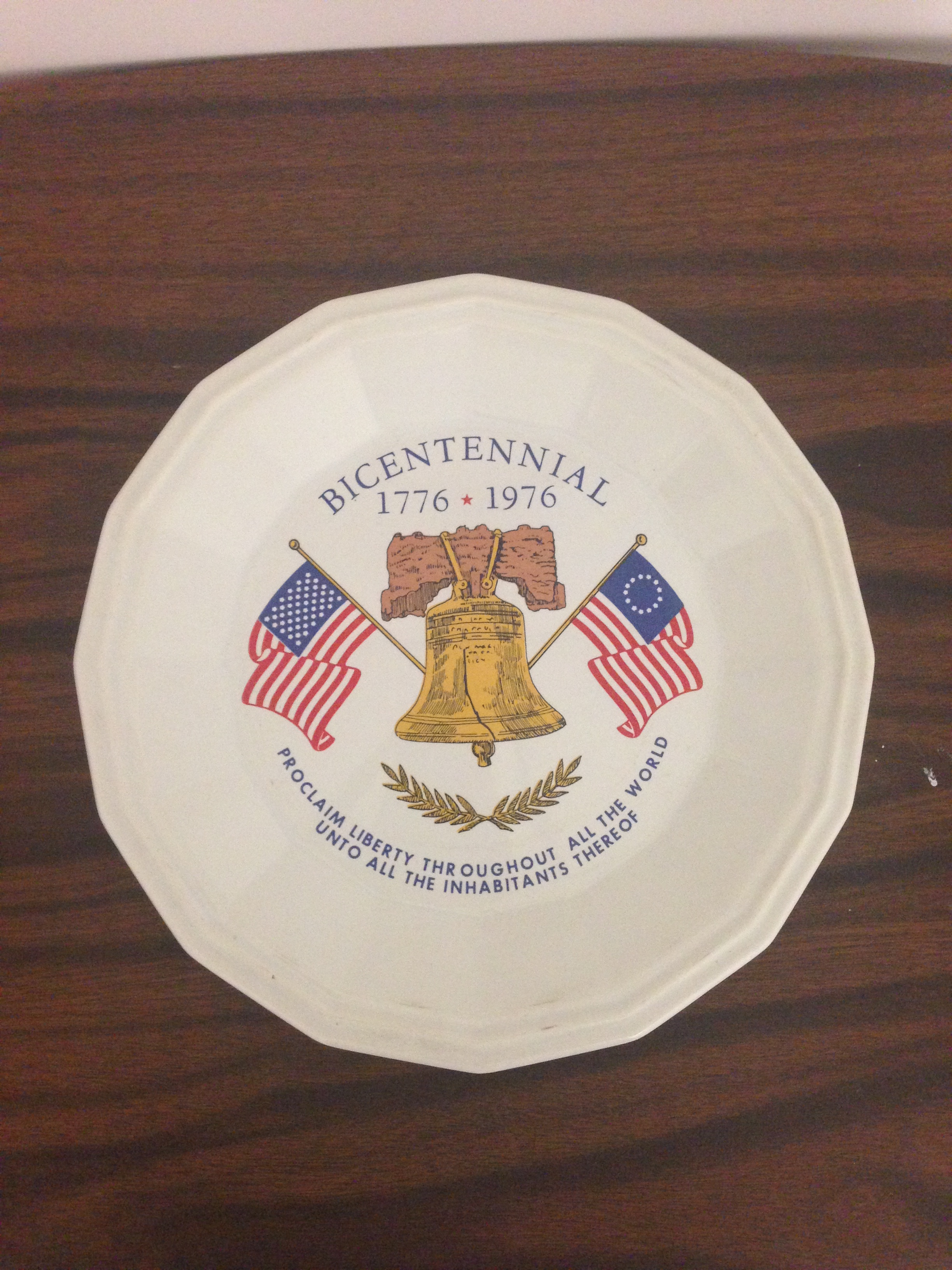
 How Exhibits Can Be Used As Learning Mechanisms
How Exhibits Can Be Used As Learning Mechanisms 

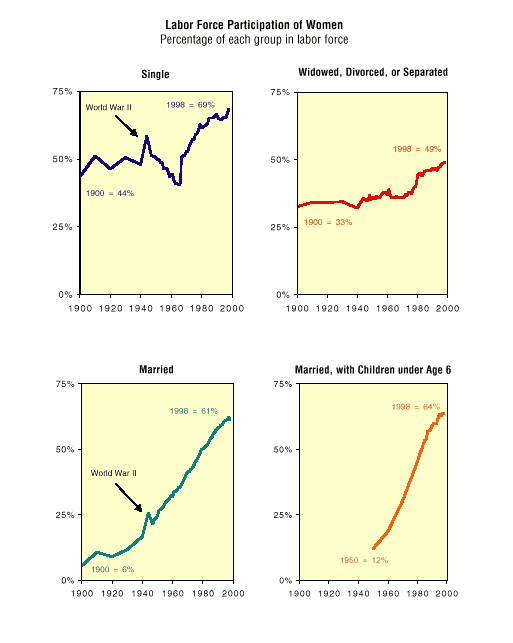 [Labor Force Participation of Women, http://www.pbs.org/fmc/book/2work8.htm]
[Labor Force Participation of Women, http://www.pbs.org/fmc/book/2work8.htm]






